Turkish delight, known and loved by almost the whole world as “Turkish delight“, is one of our most special tastes that has survived the years with its deep-rooted history and soft texture.
From rose-scented Turkish delight to pistachio, we can make it with a variety of ingredients, from bird’s delight to double-roasted, we can also create differences in its shape and preparation.
Turkish delight is made with citric acid, sugar, starch, food coloring and flavoring. Sugar is boiled until it dissolves completely in water. Citric acid and starch are left to dissolve in separate containers. Then citric acid and starch are mixed with sugar water. In this way, it is boiled for a while. When a spoon is dipped into the mixture, it is checked whether it has a sticky consistency, and it is kept in starchy containers for about 20 hours. As a final process, it is shaped and packaged on a hard surface.
When you learn what he has gone through throughout history, you will be amazed once again and say, “Good thing we can still find it everywhere, we can even make it at home, and we are glad that we can enjoy it to the fullest.”
Here you go, let’s learn together what happened to best Turkish delight from past to present.
History of Turkish Delight
Turkish lokum, which was an important part of the palace cuisine in the Ottoman period, has hundreds of years of history. The sweet ‘abhisa’, which was frequently consumed by the Sassanids who ruled in the Persian Empire between 226 and 652 BC, is known as the origin of Turkish delight. While Turkish delight was called ‘rahat ul-hulküm’, that is, ‘throat-relaxing’ at first, it was called ‘comfortable Turkish delight‘ in the course of time. And finally, it was called ‘lokum’ with modern Turkish.
Its popularity in Anatolia started from the 15th century. In the 17th century, it had its most popular time. In the 18th century, travelers took Turkish delight to Europe and introduced it as ‘Turkish Delight‘. Turkish lokum has gained popularity here as well. Mass production in the Ottoman Empire started in 1777. It was originally produced by mixing honey, fruit syrup and flour. With the invention of starch and refined sugar, it has experienced taste changes until today.
Where Does Turkish Delight Come From?
Let’s start by knowing where the Turkish delight got its name from before learning what it has gone through throughout history, let’s start to get to know it closely with the delicious secret of being in single-shot bites. It is thought that the Turkish lokum, which is called “rahat-ul hulküm” in Arabic and is thought to get its name from the word meaning “throat relief”, is thought to be named after the words “lukme”, “lokma”, that is, “piece of food thrown into the mouth at once” in Arabic and Persian.
When we look at its past, it is possible to see that there are many rumors about Turkish lokum. For example, it is among the most commonly told stories that it has been built in Anatolia since the 15th century. However, since there are different stories about this world-famous taste, according to some, Turkish lokum first appeared in Anatolia in the 18th century.
According to this story, towards the end of the 18th century, the sultan of the period Abdülhamit wanted soft candy instead of hard candy and a competition was held on it. As a result of the competition, Ali Muhiddin Hacı Bekir is selected first and the soft candies that come from his hands, namely the Turkish Candy Lokum that we eat with pleasure today, take their place in the palace kitchen. Thanks to Ali Muhiddin Hacı Bekir, the flavor, which was produced in abundance at that time and brought to the public, is becoming more and more popular and the fame of Turkish lokum is carried to Europe. “How is it?” if you say, thanks to an English traveler.
Turkish Delight in the Past
In the 19th century, while Turkish Lokum continued to be enjoyed by the public and at the palace, an English traveler also loves the taste of Turkish delight during his visit and takes a lot of Lokum with him just before his return journey. When the soft Lokum that make their way to Europe with it are very popular there, many travelers like him start visiting to taste Turkish delight, and they do not neglect to take a lot of Turkish delight with them on their way back to their countries. As such, the reputation of Lokum is increasing day by day and this flavor is becoming a well-known taste in Europe. Its name is beginning to be known as “Turkish delight” as it is known in many parts of the world today.
At that time, adding consistency to the Lokum, in which water, starch and honey or molasses were used as a basis, is seen as a skill that requires mastery that cannot be used by everyone. For this reason, while those who make Turkish delight with a nice consistency are valued, over time, granulated sugar is started to be used instead of honey or molasses in the production of Lokum. So much so that in the recipe of “rahatü’l hulkum” in the book “Melceü’t – Tahahhin”, a cookbook published in 1844, water, starch and sugar are described as basic ingredients.
In addition, to add different flavors to plain Turkish lokum, after a good consistency is achieved with these 3 ingredients, different ingredients such as rose water and lemon juice are added. Over time, nuts such as hazelnuts and pistachios begin to take their place in the Turkish lokum, and thus, different flavors that can appeal to every palate are captured. At this point, the important thing is to add additional ingredients to the Turkish lokum after it has thickened. The powdered sugar on it starts to be used to prevent the Turkish delight grains from sticking to each other. Although the recipe for Turkish candy changes over time, it continues to be one of the most faithfully prepared foods.
Benefits of Turkish Delight
The nutritional values in Lokum will undoubtedly vary according to the materials used in its content. However, we can say that 100 grams of plain Turkish delight contains an average of 89.28 grams of carbohydrates, 0.12 grams of protein, 0.19 grams of fat, 19 milligrams of potassium, 5 milligrams of calcium and 0.1 milligrams of iron.
It is beneficial not to consume too much Lokum, which is rich in carbohydrates. It helps to reduce tonsillitis. It is useful for kidney patients with its carbohydrate content. It is a great healer for boils and wounds. Although it is a healthy food, your body may have difficulty digesting this flavor, which contains intense sugar and starch, if you consume too much.
As a result, the components that make up the delight may turn into fat in the liver. Therefore, let’s not go without mentioning that excessive consumption of Turkish delight can lead to weight gain.
Excess of everything is harmful, just as much of Turkish delight is harmful. Turkish delight, which is a healthy and natural food, contains carbohydrates, starch and sugar. Excessive consumption of Turkish delight results in the body not digesting these components and converting them to fat in the liver. This means weight gain. Therefore, too much Lokum should not be consumed.
How is Turkish Delight Made? Recipe of Lokum...
Making Turkish delight is so simple actually if pay attention to importqant points. It is known that natural honey or molasses were used in the first examples of Turkish delight. However, with the introduction of industrial sugars into our geography, the current Lokum recipe has begun to be applied. Accordingly, we can say that sucrose, commonly known as sugar, starch, water and lemon salt, are the main ingredients of Turkish delight.
In addition to these materials, many types of Lokum can be produced by using different nuts and fruits, as well as fruit flavors and food colours. The process of making Turkish delight starts with boiling the sucrose until it dissolves in water.
Then, citric acid and starch, also known as citric acid, are dissolved in another container and kept for identification. This mixture is then mixed into sugar water and boiled for a while over low heat. At this point, we can say that it is time for the person who prepared the delight to show his skills.
Because the boiling time and consistency of the mixture reveal the skills of the master. After making sure that the Lokum is cooked and getting its consistency, the liquid Turkish delight is placed in molds sprinkled with starch to be shaped.
After the material has cooled, the Turkish delights are cut and covered with powdered sugar so that they do not stick to each other. Lokum, which is packaged after all these processes, take their places on the shelves to sweeten the mouth.
Turkish Delight Varieties
There are many types of Turkish Lokum according to taste, production method and place of production. Here are some of the Turkish delight varieties: bird delight, hazelnut delight, walnut delight, double roasted, pistachio delight, coconut delight, creamy lokum, fruit mini delight, lemon delight, mint delight, pomegranate delight, pistachio croquant delight, pomegranate pistachio, Lokum with saffron, pomegranate and pistachio, Atom, Rose Leaf and chocolate.
With the use of different nuts and fruits, as well as aromas, many types of Lokum that appeal to different tastes are produced every day. From this point of view, we can conclude that even the grandchildren of our grandchildren will enjoy this traditional taste, which has countless varieties such as double roasted Turkish delight, Turkish delight with pistachios, Turkish delight with cream, Lokum with pomegranate, Lokum with roses. You can find all types of best Turkish delight and you can buy online Turkish lokum.
How is Turkish Delight Served in Turkey?
We mentioned that Delight, which is a traditional flavor, is a very special dessert. For this reason, we can argue that the way of presentation should also be meticulous. However, first of all, you should be sure of the quality of the Turkish delight you will serve. Thus, you can enjoy the best tastes with your guests, loved ones and family.
We can say that there are a few points that you can pay attention to in order to understand the quality of Lokum. In this direction, the fact that the powdered sugar on the lokum is dry, the Turkish delight has a transparent and bright color, it is flexible enough that the teeth can cut while eating, and the Turkish lokum regains its old form when it is pressed with a finger are the main factors that show the quality of a delight.
After making sure of the quality of your Turkish Lokum, it’s time to talk about how you can present this flavor to your loved ones. In the past, Turkish delight was served to children in a cloth handkerchief on holidays and other important days.
Meals and sweets in Turkish cuisine have more than one presentation style. The situation is the same with Turkish lokum. As fresh Turkish delight is served in a handkerchief; Besides sweetened, medium and plain Turkish coffee, it is also served by being absorbed throughout the coffee drink. The dishes and desserts in Turkish cuisine have more than one presentation style.
If you want to continue this tradition, you can also offer Turkish Lokum to the children of your guests between handkerchiefs on special occasions. You can serve delicious Turkish delight in a special container accompanied by Turkish coffee, tea or sherbet to your other guests.
In addition, when there is no beverage available, you can serve this delicacy to your relatives in a medium bowl or traditional Turkish delight box from Turkish delight shop.
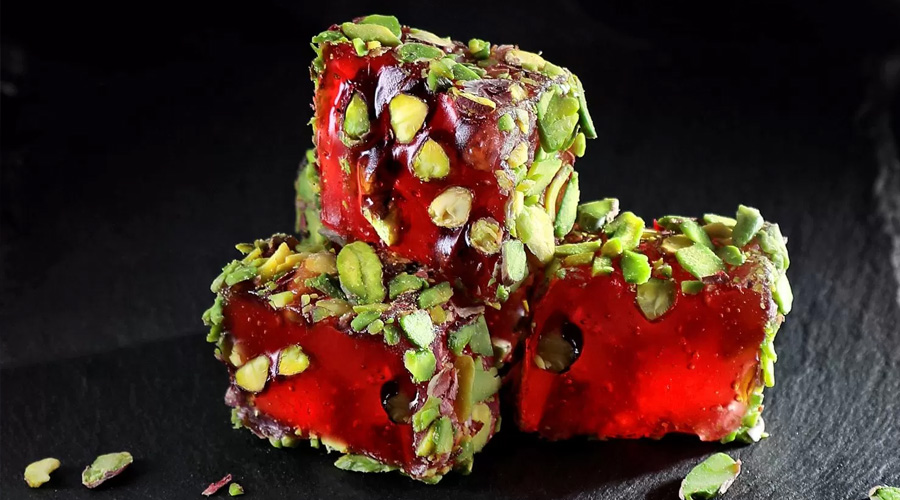

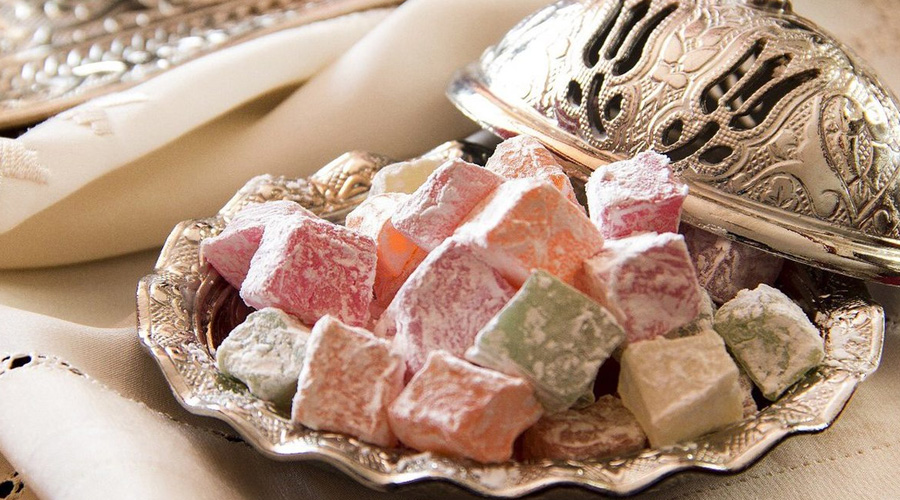
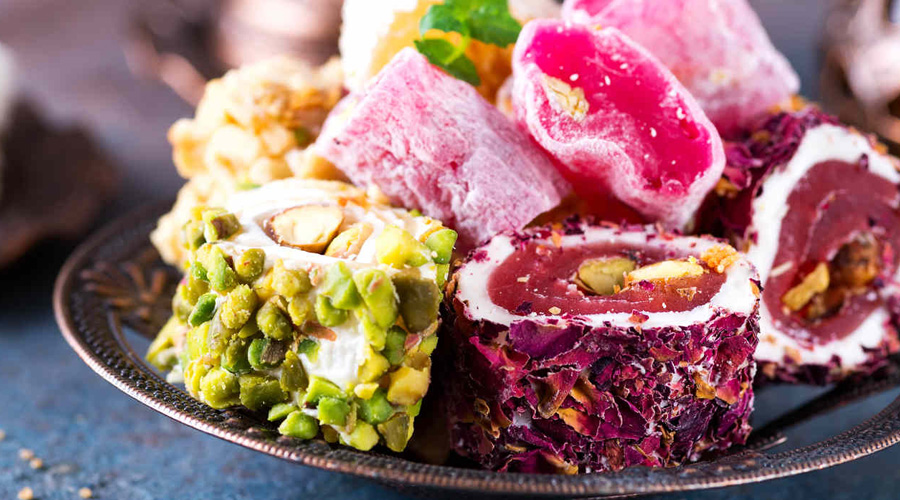
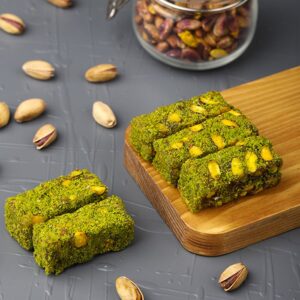
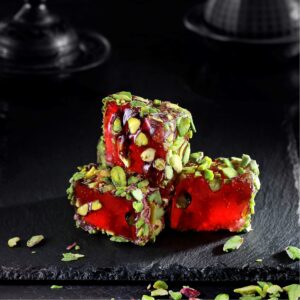
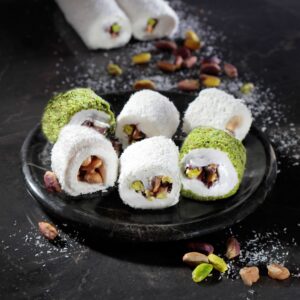
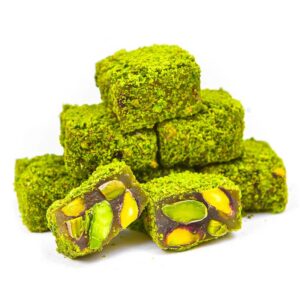
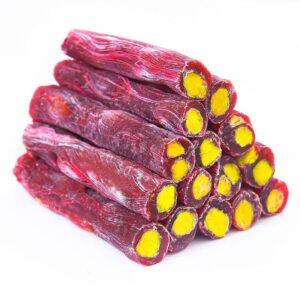
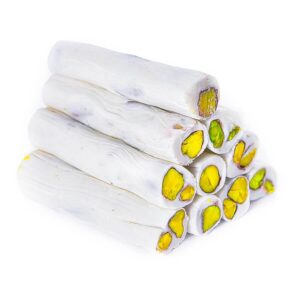
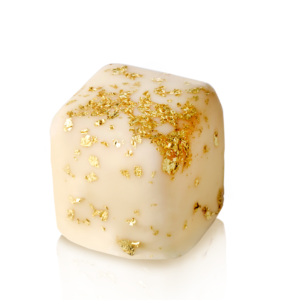
Hi,
Beautiful. I wonder how you managed to create this masterpiece. It was a great article.
It was an amazing blog article.